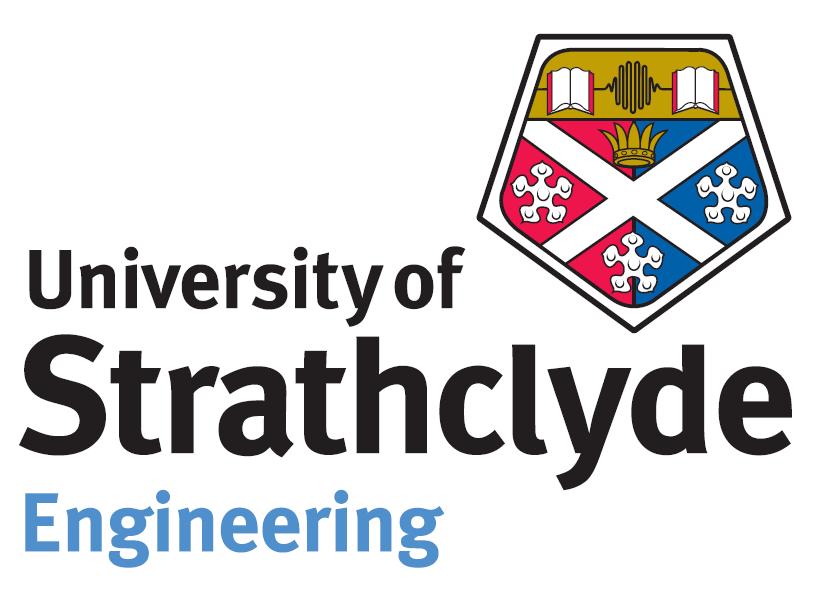Economics
Scope
For tidal current turbines to be competitive with current forms of electricity generation such as wind, coal and gas, not only do they need to be able to generate power on a comparative scale but they also need to be financially viable. The initial investment for these devices is fairly moderate, however energy costs are expected to be at first relatively high at around 10 pence/kWh. This is largely down to the fact that the technology is still in its early stages of research and development, with many issues that can have significant cost implications still to be addressed. For example, the cost of generating electricity will inevitably rise if the turbine lifetime is reduced and the power output is diminished during operation. Factors currently being addressed which impact cost include:
- The complexity of the device
- The marine environment and how it affects performance and turbine lifetime
- Biofouling
- Unsteady hydrodynamics and rotor loading
- Robustness against subsea debris
- Cavitation
- Erosion and Corrosion
- Grid compatibility
- Operations and Maintenance Costs
These issues need to be addressed for tidal current turbines to become cost competitive in the industry and to prove their worth as a reliable source of renewable energy. It is therefore an important aspect of this project to asses the cost implications of particular influences to the rotor performance.
One of the most significant results from the systematic study was the drop in power output observed when the rotor blades became partially or fully degraded. By increasing the surface roughness on the NREL S814 profile we have attempted to simulate biofouling on a tidal current turbine.
This section aims to highlight the potential drop in revenue that might be experienced by operating a farm of 24 tidal current turbines with varying levels of blade degradation. Degradation may come in the form of erosion, corrosion, bio fouling or the hydrodynamic effect of cavitation. The analysis uses a tidal model, developed to simulate a site for the application of a tidal current turbine farm; this calculates the total annual energy recovered for a range of clean and degraded rotor configurations. Financial data for the projected income that can be generated by a tidal current turbine is then used to determine the annual revenue of each rotor configuration. From this, an analysis of the drop in revenue from operating a degraded rotor is discussed.





